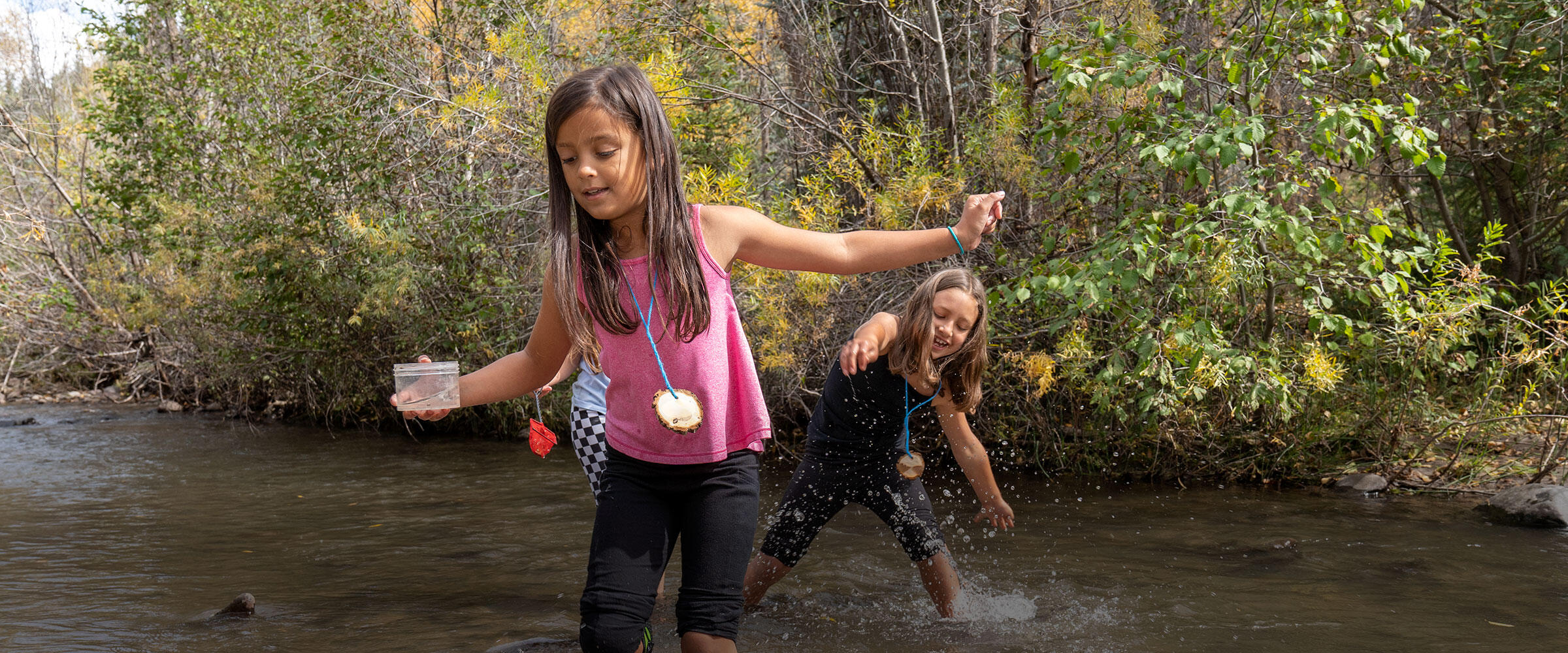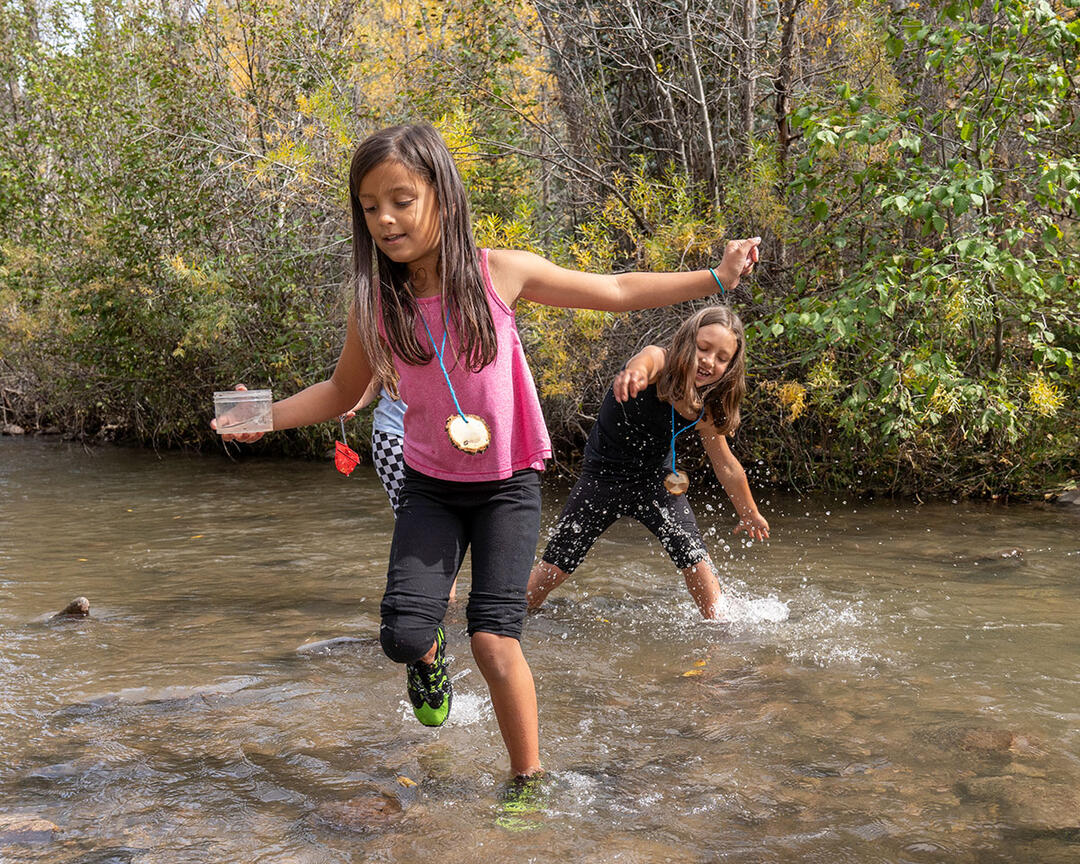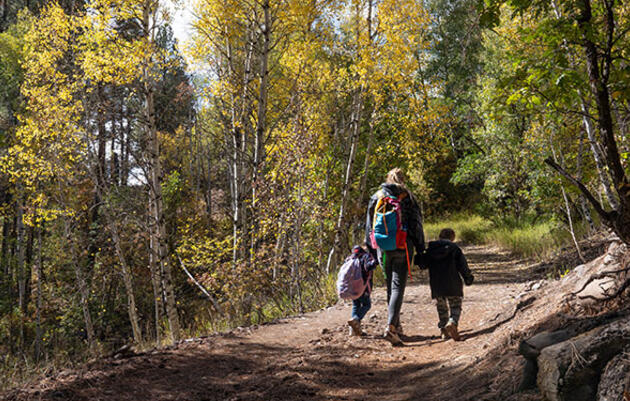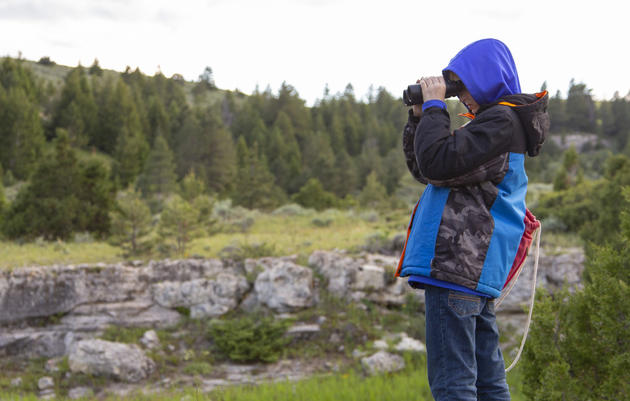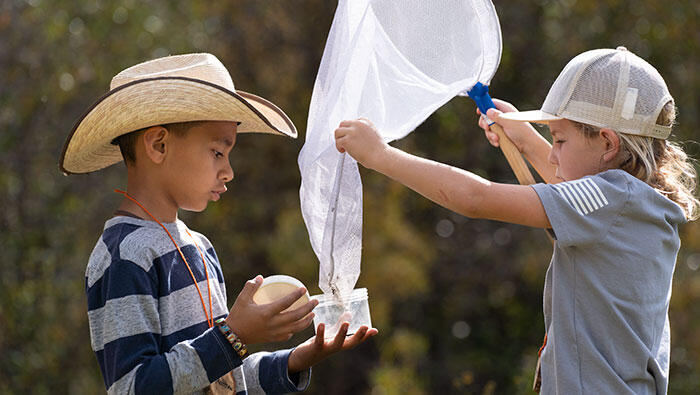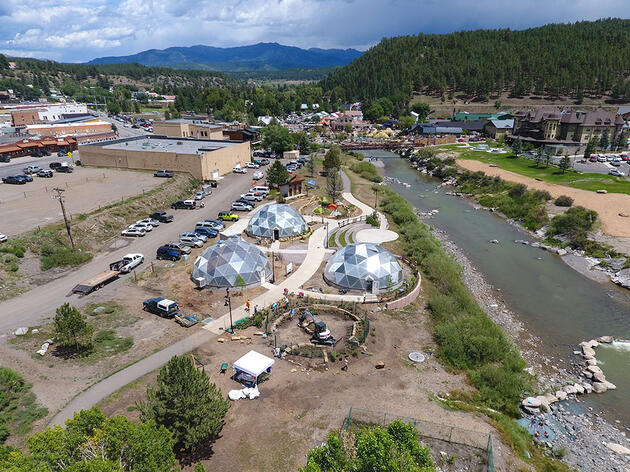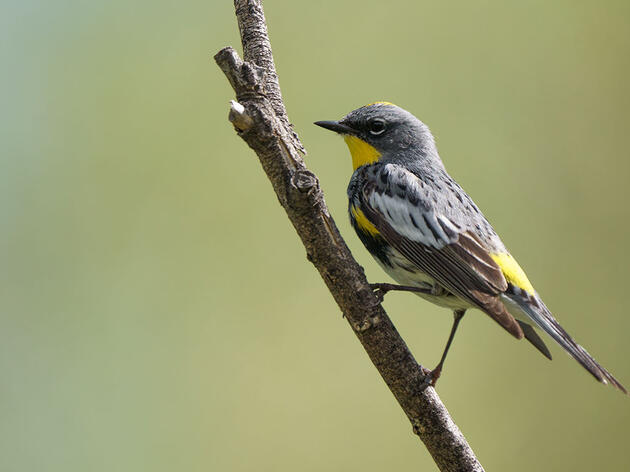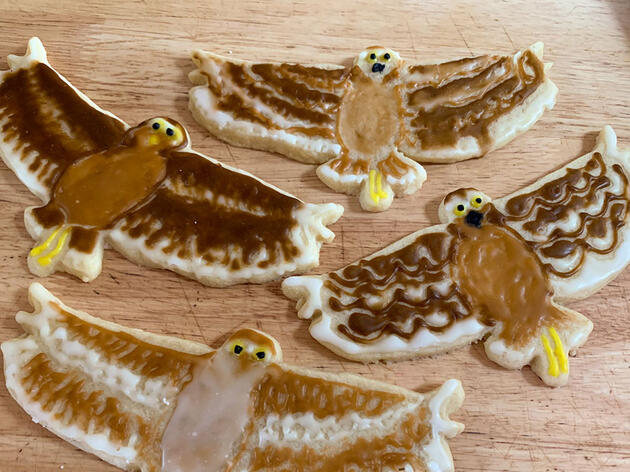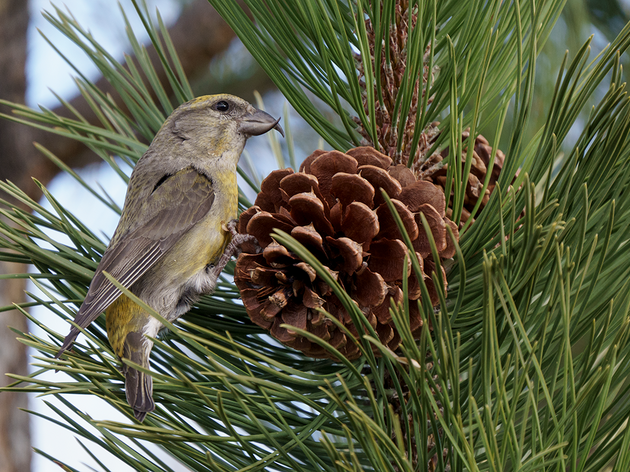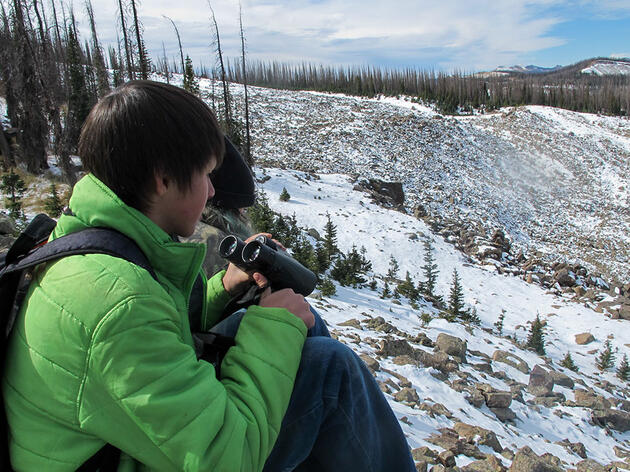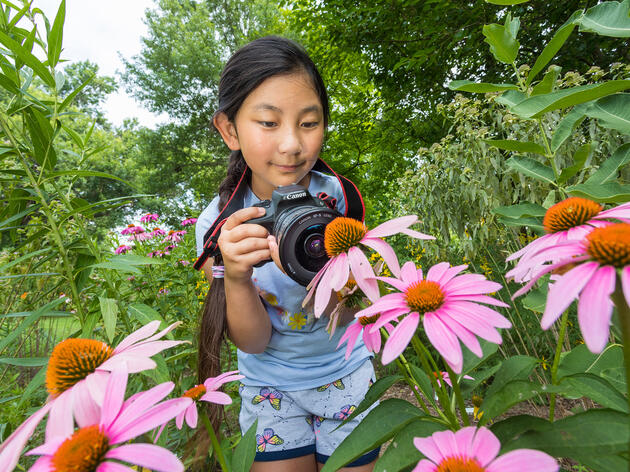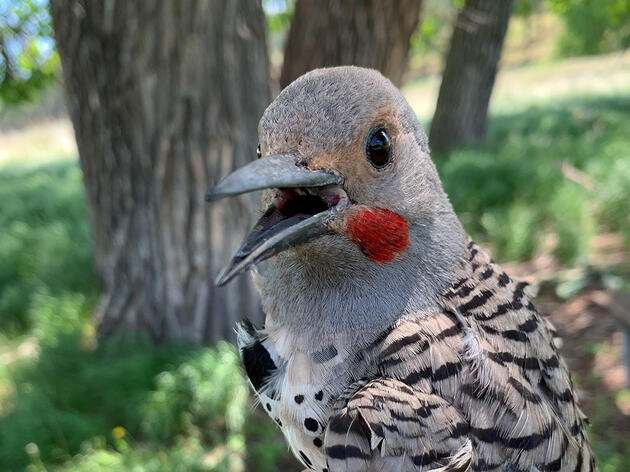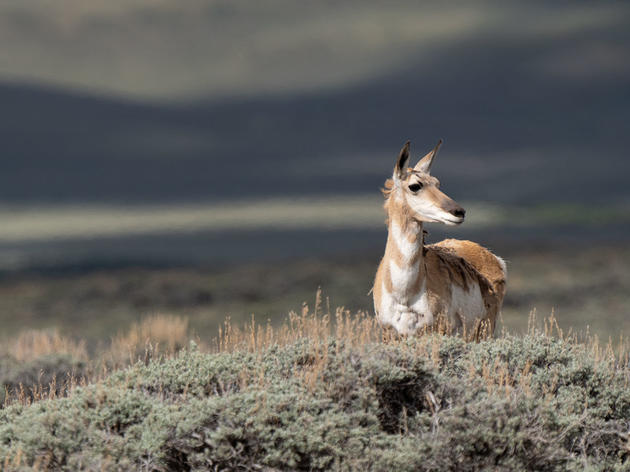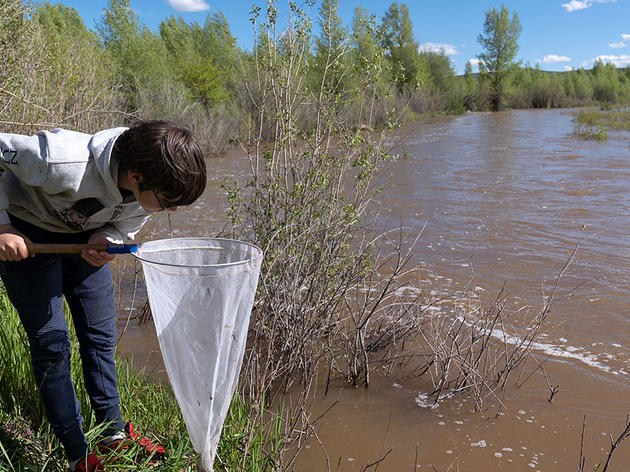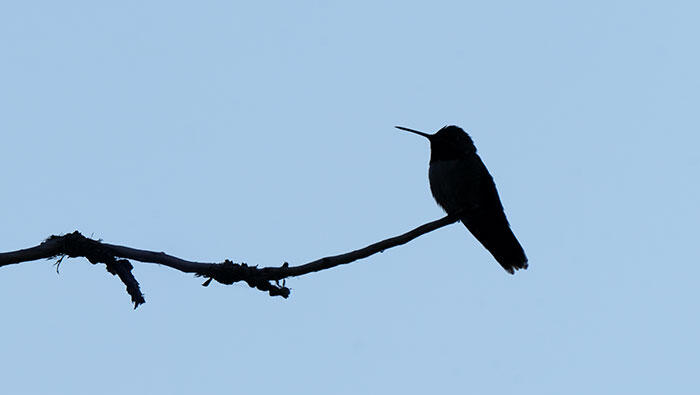People will only conserve what they care about, but people are decreasingly connected to nature. Our Community Naturalists deliver in-person and virtual environmental education programs to people of all ages to create lasting connections with nature in their communities. To engage even more people in bird conservation, we develop trainings and resources for educators.
If you're a parent, teacher, or educator, we can help you foster a love of nature and interest in science among your students. Download our free education resources, learn new curricula at an educator workshop, get involved in volunteer science programs, or join us for a field program in Wyoming or Colorado! Sign up for emails to hear about upcoming opportunities. For questions, please contact jacelyn.downey@audubon.org.
Learn More
Based out of Pagosa Springs, our Community Naturalist program provides youth and adult education programming to southwest Colorado and northern New Mexico. Learn about the programs we offer and how you can get involved.
Habitat Hero
An interview with Community Naturalist Keith Bruno on KSUT.
Lights Out
By Audubon Rockies
Lights Out Colorado aims to help Coloradans save millions of birds.
Community Science
Project leaders provide an update on a study of birds and forest thinning in southwest Colorado.
Giving
By Evan Barrientos
How Cheryl Miller is helping Audubon bring environmental education to thousands of kids in southwest Colorado.
Community Naturalist
By Jacelyn Downey
Community Naturalist Jacelyn reflects on how the pandemic increased her ability to provide environmental education.
Community Naturalist
From scavenger hunts to a seasonal calendar and a technique called cyanotype, there are so many ways to get creative.
Bird Banding
By Zach Hutchinson & Jacelyn Downey
Results from a 2020 summer at our MAPS stations without volunteers.
Community Naturalist
By Jacelyn Downey
Learn more about the unsung heroes in your local pond or puddle.
Get Involved
Every year billions of birds migrate through North American in the spring and fall. More than 80 percent of them travel at night, navigating with the night sky. However, as they pass over big cities on their way they can become disoriented by bright artificial lights and skyglow, often causing them to collide with buildings or windows. Learn how you can help save them.

